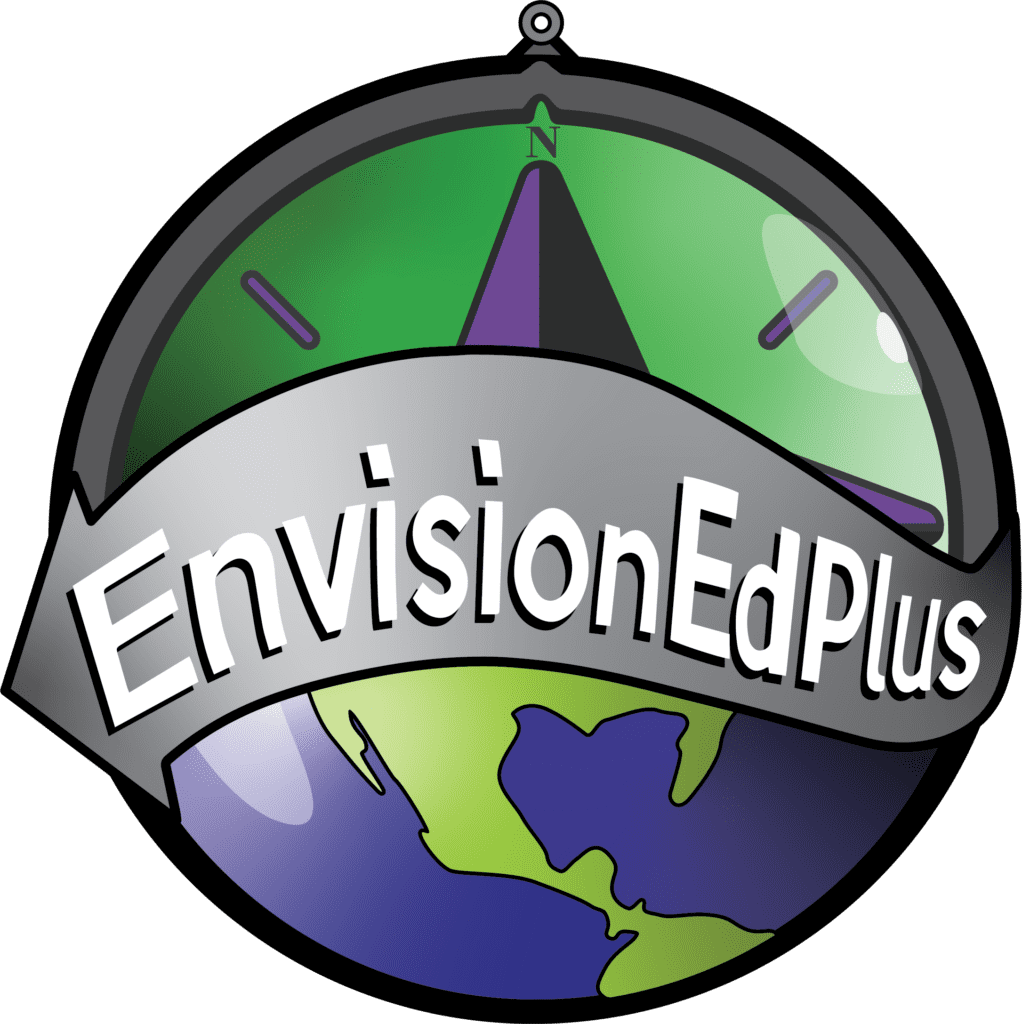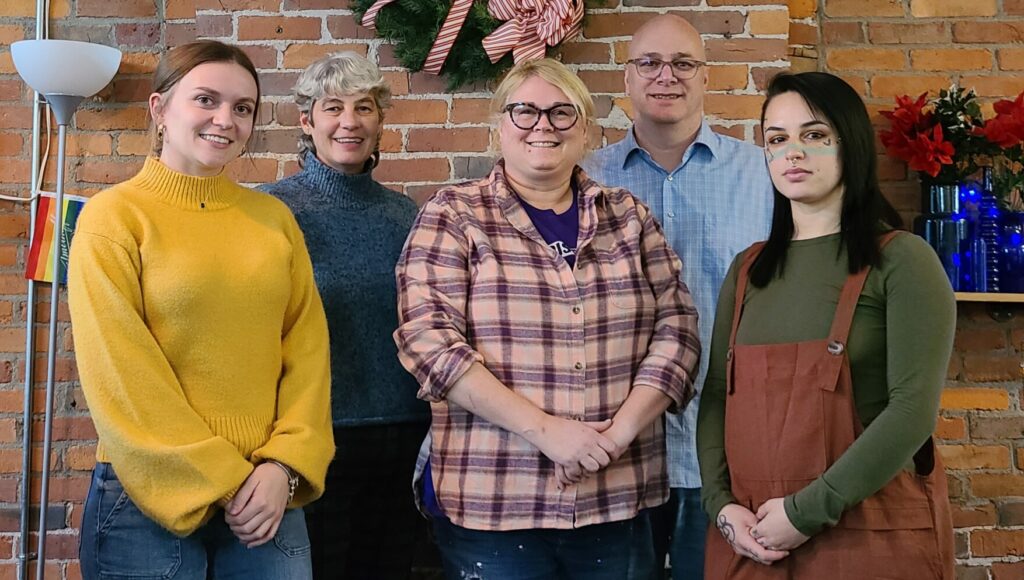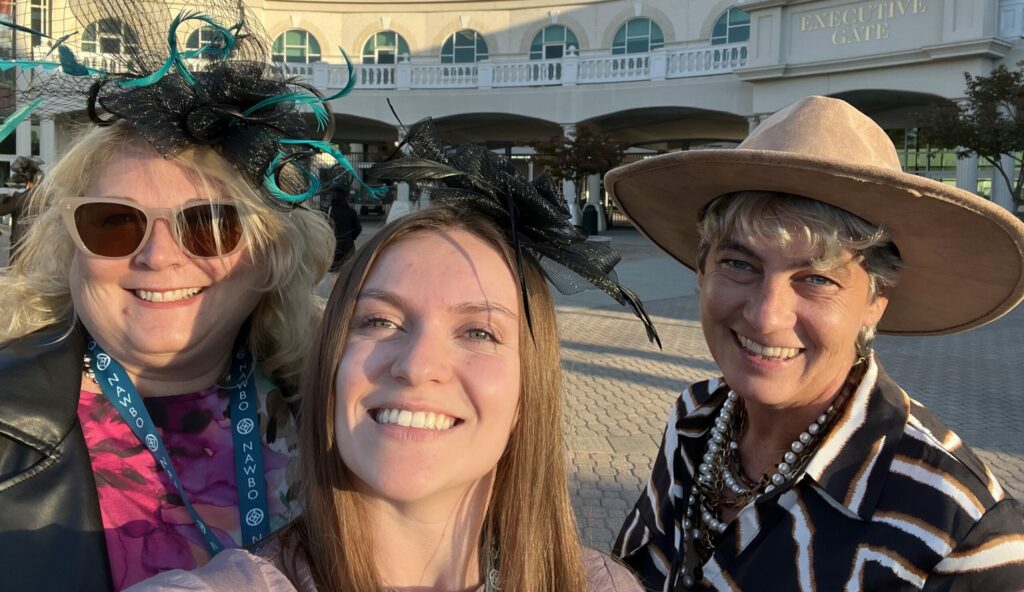 Ohio is expected to invite applications early in 2018 for grant funding to improve literacy outcomes among children birth through grade 12. Potential applicants should be preparing now, including taking a critical step before the end of 2017 to ensure their eligibility for the grant competition.
Ohio is expected to invite applications early in 2018 for grant funding to improve literacy outcomes among children birth through grade 12. Potential applicants should be preparing now, including taking a critical step before the end of 2017 to ensure their eligibility for the grant competition.
The Ohio Department of Education (ODE) recently announced it had received $35 million as one of six US Department of Education Striving Readers Comprehensive Literacy Grants winners. According to the ODE website, 95% of these funds must be distributed to local schools and early childhood providers to improve literacy outcomes for children from birth through grade 12, especially students living in poverty, students with disabilities, English learners and students identified as having a reading disability.
Our district and school partners asked us to provide insight on the anticipated grant competition so they can determine if it is a good fit for them and how to be prepare for the anticipated competition. ODE is currently in the planning phase, so we dug into Ohio’s federal application for more information. Check out the EEP Striving Readers Overview for an in-depth overview of key requirements and expectations.
This blog provides just the key facts and critical information for planning and gives our initial recommendations for submitting competitive applications.
|
EEP’s official disclaimer The information in this blog (including all dates and deadlines) comes from ODE’s federal application but should be considered estimated. During its internal planning process, the ODE may change dates and other details as needed. When ODE releases the actual invitation for applications, it will include a final timeline, eligibility requirements, compliance and program design. As noted below, EEP anticipates this will occur in January 2018. |
Priority: Design and implement evidence-based, comprehensive literacy instruction programs that serve “the greatest number or percentage of disadvantaged youth.”
- Key Outcomes: Ohio promised to increase the percent of 4-year-olds making significant gains in oral language and to increase the percentage of 5th, 8th and high school students who score proficient or higher on state English language arts assessments.
Eligibility: Public districts/schools, including community schools; early childhood education providers
Funding Overview
- Individual grants average $450,000 – $1.2 million over three years (30-40 awards expected)
- Average per student cost: $750/student
- Average number of youth to be served per grant: 1,000-2,000 youth, birth through grade 12 (The State estimated 45,000 Ohio kids would be served through the program.)
- Funding breakdown across age/grade bands
- Birth – Age 5: 15% of all grant funds
- Grades K-5: 40% of all grant funds
- Grades 6-12: 40% of all grant funds
- Fund usage: Design literacy programs as part of local plans that will be fully and effectively implemented within grant period.
Competitive Preferences and Scoring Process
- Pre-Application Requirement: Applicant organizations must submit a Reading Achievement Plan even if not required by state law based on Local Report Card status:
- Complete and Submit to ODE by December 31, 2017
- Competitive Preference Points (these are like extra credit to improve applicants’ scores) will be awarded to:
- Early Literacy Pilot Schools/Districts
- Applications using moderate/strong evidence for literacy interventions/ programs, as defined by the federal Every Student Succeeds Act. (Here’s a succinct explanation provided by the Council of Chief State School Officers.)
- Scoring Prioritization
- Step 1: High Quality application – ODE will create a cut score (estimate 75). ONLY applications above cut score will be considered for funding.
- Step 2: Geographic Location – Applications that are above cut score will be ranked regionally by LOWEST COST PER STUDENT (not by application score).
- Each State Support Team (SST) Region will have a funding allocation based on the region’s number of disadvantaged youth.
- Funding will be awarded by the cost-per-student ranking until the SST region’s funding allocation is expended. Any remaining funds the will be reallocated. In that case, all unfunded applications (above cut score) would be ranked and awarded grants until no funds remain.
- Consortia applications with districts/schools associated with more than one SST will be placed within the SST region where the largest number students attend.
- Step 3: Funding Category – ODE will maintain a tally of percentage of funding within each category. Once percentage is met ODE will only fund in the remaining categories. (Birth – Age 5: 15%, Grade K-5: 40%, Grades 6-12: 40%)
Anticipated TimelineÂ
- Reading Achievement Plan (RAP) Submission by December 31, 2017
- Application Opens – January 15, 2018
- Application Due – March 1, 2018
- ODE Technical Review – March 1 – 20, 2018
- Peer Review – April 2018
- Awards – May 2018
EEP Recommendations for Planning Competitive Applications 
- Consortia applications are likely to be the most competitive. ESCs and other natural convening organizations are well-positioned to facilitate development of strong consortia.
- Think strategically and create consortia that balance cost per student (lower is better) and numbers of disadvantaged children (higher is better).
- Reading Achievement Plans (RAP) should be completed ASAP for EVERY organization that is considering applying for this grant. This appears to be an eligibility requirement – Just Do It!
- A medium-to-large district (EEP recommendation is 4,000+ children) could be competitive alone if it serves high numbers of disadvantaged children and can have low per student cost for intervention and completes Reading Achievement Plan as prerequisite.
- Competitive preference points are awarded to schools/districts in Ohio’s Early Literacy Pilot. Include them in consortia applications.
- While consortia do not have limits on the number of participating schools/ districts, implementation will be based on local literacy plans. Reminder: Without common types of interventions, your consortia might not be able to gain enough economy-of-scale to lower per-student cost.
- Make friends with your SST staff (and regional Literacy Coaches). They will provide key technical assistance during application preparation and post award. Don’t wait until the application comes out to connect. Schedule a meeting or call ASAP to find out what they know and strategize how best to position yourself for success.
 Our #1 recommendation is: Don’t try to write this application on your own!
Our #1 recommendation is: Don’t try to write this application on your own!
EnvisionEdPlus shares information about plenty of grant opportunities that do not necessarily require professional grant writing assistance, but this is not one of them. The Striving Readers competition is for federal funds, which means application compliance will likely be more complex than typical state or foundation grants. As we read Ohio’s application, we learned there are intricacies to the scoring model, evidence requirements and interventions. Creating a strong team that includes your SST, your ESC (and/or other convening organizations), literacy experts and a successful grant writer will set the stage for highly competitive applications.
As always, the EnvisionEdPlus team stands ready to support schools and youth-serving organizations in preparing to submit highly competitive grants, like Striving Readers. If you have questions or would like to talk to us about how we can help with Striving Readers, please contact us through our website. You can also feel free to contact Tricia Moore our Director of Partnership and Engagement ([email protected] or 614.357.4439).
~Michele Timmons, President
([email protected] or 614.893.7341)




